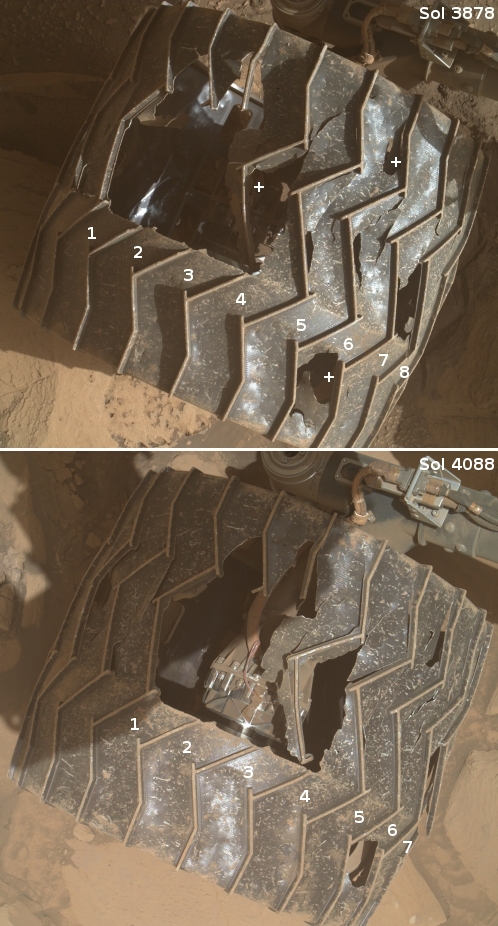Solar-orbiting asteroid that is a quasi-moon of Venus gets a name
The asteroid 2002-VE, discoverd in 2002, is in a solar orbit that makes it a quasi-moon of Venus. This means that the asteroid and Venus are in very similar orbits around the Sun, with 2002-VE shifting back and forth periodically from within Venus’s orbit to outside it.
An official name for 2002-VE has now been approved by the International Astronautical Union, and the history of that name, Zoozve, is a silly one. It appears a podcaster had misread the name on a poster of the solar system that was on the wall of his 2-year-old son’s bedroom. (You can see the poster here). He read “2”s as “Z”s, so that instead of seeing “2002VE” he read it as “Zoozve”.
Since then he has been campaigning to make this misreading official, and has finally succeeded.
The asteroid 2002-VE, discoverd in 2002, is in a solar orbit that makes it a quasi-moon of Venus. This means that the asteroid and Venus are in very similar orbits around the Sun, with 2002-VE shifting back and forth periodically from within Venus’s orbit to outside it.
An official name for 2002-VE has now been approved by the International Astronautical Union, and the history of that name, Zoozve, is a silly one. It appears a podcaster had misread the name on a poster of the solar system that was on the wall of his 2-year-old son’s bedroom. (You can see the poster here). He read “2”s as “Z”s, so that instead of seeing “2002VE” he read it as “Zoozve”.
Since then he has been campaigning to make this misreading official, and has finally succeeded.















